Website Security in 2025: How to Protect Your Business from Cyber Threats
In the digital age, website security is more crucial than ever before. As businesses become increasingly reliant on online platforms for customer interaction, transactions, and information storage, the threat of cyber-attacks continues to grow. From data breaches to hacking attempts, malicious threats are constantly evolving, and staying one step ahead is critical for protecting your business and your customers.
In this blog, we’ll explore the landscape of website security in 2025, the potential risks your business faces, and actionable steps you can take to safeguard your online presence.
Why Website Security Matters More Than Ever in 2025
The internet has become a primary channel for business operations, sales, and customer communication. This increased reliance on the web means that cyber threats have also grown in sophistication and frequency.
In 2025, the risk of cyber-attacks is more imminent than ever, with businesses of all sizes being targeted. The consequences of a successful attack can be devastating, including financial losses, reputational damage, legal consequences, and the theft of sensitive data.
For instance, an unsecured website can:
- Expose sensitive data, such as customer information, credit card details, and intellectual property.
- Lead to financial theft, where cybercriminals gain unauthorized access to payment systems.
- Damage your brand’s reputation, causing customers to lose trust in your business.
- Hinder your SEO efforts, as Google penalizes websites that are not secure.
Key Statistics on Cybersecurity Risks in 2025
- Cybercrime costs are projected to reach $10.5 trillion annually by 2025.
- 43% of cyber-attacks target small businesses, making them a prime target for hackers.
- Over 30,000 websites are hacked daily, with the most common method being exploiting unpatched software vulnerabilities.
As businesses adapt to these evolving threats, it’s crucial to take proactive measures to protect your website and its data.
Top Cyber Threats to Websites in 2025
Understanding the risks is the first step toward securing your website. Let’s look at some of the most common cyber threats businesses face today.
1. Phishing Attacks
Phishing attacks occur when cybercriminals trick users into providing sensitive information, such as usernames, passwords, or credit card details, by pretending to be trustworthy entities. These attacks often come in the form of fake emails or websites that look like legitimate login pages.
2. Ransomware
Ransomware attacks involve malicious software that encrypts a website’s data or locks it down, demanding a ransom in exchange for restoring access. These attacks can bring your website to a complete standstill and result in significant downtime.
3. SQL Injection
SQL injection is a type of attack where cybercriminals exploit vulnerabilities in a website’s database through malicious code. This allows attackers to gain unauthorized access to sensitive information, including customer data and financial records.
4. Cross-Site Scripting (XSS)
In an XSS attack, attackers inject malicious scripts into web pages, which are then executed in a user’s browser. This allows the attacker to steal sensitive data, such as cookies or session tokens, from unsuspecting users.
5. DDoS (Distributed Denial of Service) Attacks
A DDoS attack involves overwhelming a website’s server with a flood of traffic, causing it to crash or become unavailable. While this attack doesn’t directly steal data, it can cause significant disruption to your website’s availability and impact business operations.
6. Malware and Viruses
Malware can infect a website and spread to visitors, damaging both the site and its users. Malicious software can be used to steal data, disrupt operations, or hold the website hostage.
7. Weak Passwords and Credential Stuffing
Weak passwords are an open invitation for hackers to gain unauthorized access to admin areas, databases, and accounts. In 2025, automated tools are capable of performing large-scale brute-force attacks using stolen passwords.
Effective Strategies for Enhancing Website Security in 2025
Now that we understand the types of cyber threats you’re up against, it’s time to explore actionable steps you can take to safeguard your website and your business. Here are the top strategies to boost your website security in 2025:
1. Use HTTPS for Secure Data Transmission
One of the first steps toward securing your website is implementing HTTPS (Hypertext Transfer Protocol Secure). HTTPS encrypts the communication between your website and users, ensuring that sensitive information (like login credentials and payment details) is transmitted securely.
How to Implement:
- Obtain an SSL (Secure Socket Layer) certificate from a trusted provider.
- Configure your website to redirect HTTP traffic to HTTPS.
- Ensure that all pages on your site are covered by HTTPS, including forms and payment gateways.
2. Regularly Update Software and Plugins
Outdated software is one of the primary ways hackers gain access to websites. In 2025, staying up to date with the latest versions of your website’s software, including CMS platforms (like WordPress), plugins, and themes, is essential.
How to Implement:
- Enable automatic updates for your website’s software whenever possible.
- Regularly check for security patches for plugins, themes, and third-party tools.
- Remove any unnecessary or unused plugins to reduce vulnerabilities.
3. Implement Multi-Factor Authentication (MFA)
Multi-factor authentication (MFA) adds an extra layer of protection to your login process by requiring users to provide two or more forms of verification before they can access your site. Even if a hacker gains access to one piece of information (like a password), they won’t be able to access the site without the second factor.
How to Implement:
- Set up MFA on your admin login and sensitive pages.
- Use authentication apps (such as Google Authenticator) or hardware tokens for an added layer of security.
4. Use Web Application Firewalls (WAFs)
A Web Application Firewall (WAF) filters and monitors incoming traffic to your website, blocking harmful traffic and malicious bots before they can reach your server. WAFs help prevent attacks like SQL injections and cross-site scripting (XSS).
How to Implement:
- Consider cloud-based WAF solutions such as Cloudflare or SUCURI.
- Regularly update firewall rules and monitor traffic for suspicious activity.
5. Backup Your Website Regularly
Backing up your website ensures that, in the event of an attack, you can restore your website quickly and minimize downtime. Regular backups also ensure that you don’t lose valuable data if your site is compromised.
How to Implement:
- Set up automatic backups through your hosting provider or a backup plugin.
- Store backups in multiple locations, including cloud storage and external hard drives.
6. Use Strong Passwords and Password Management Tools
Weak or reused passwords are the easiest way for hackers to gain unauthorized access to your website. In 2025, password strength is crucial for website security.
How to Implement:
- Enforce strong password policies for all users with access to your website.
- Use a password manager like LastPass or 1Password to store and generate strong passwords.
7. Monitor Your Website for Malware
Malware can be challenging to detect, especially if it’s been embedded in your website for some time. Use automated tools to monitor your site for malware and suspicious behavior.
How to Implement:
- Set up automated malware scanning tools like Sucuri or MalCare.
- Regularly review website traffic and analytics for unusual spikes or patterns.
Conclusion
In 2025, website security isn’t just an option — it’s a necessity. As cyber threats continue to evolve, protecting your website and your customers from potential attacks is critical for maintaining trust, preserving your brand’s reputation, and ensuring business continuity.
By implementing a combination of proactive strategies, such as HTTPS encryption, regular software updates, multi-factor authentication, and using security tools like WAFs and backups, you can effectively mitigate the risks of cyber-attacks and safeguard your online business.At Kreative Web Tech, we understand the importance of website security and specialize in creating secure, user-friendly websites that help businesses stay ahead of cyber threats. Contact us today to ensure your website is secure and ready for the future.





